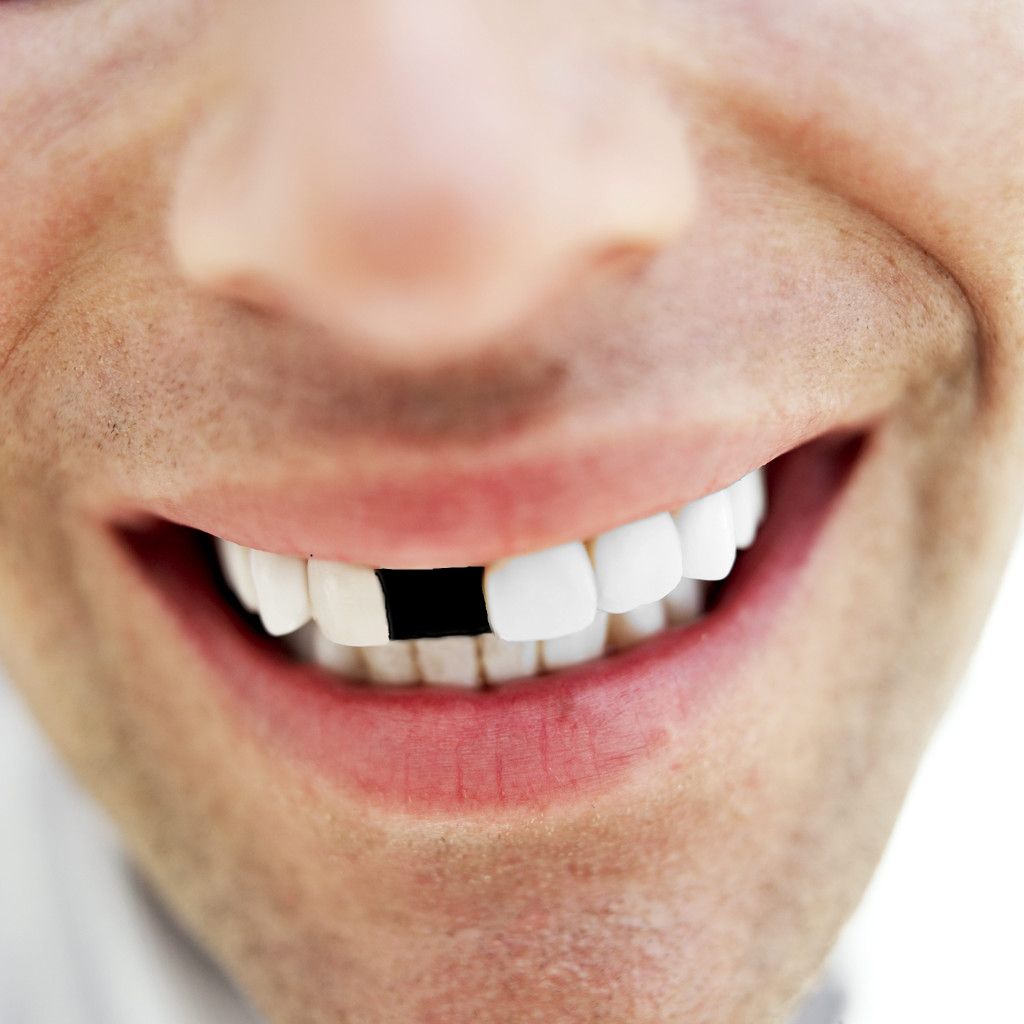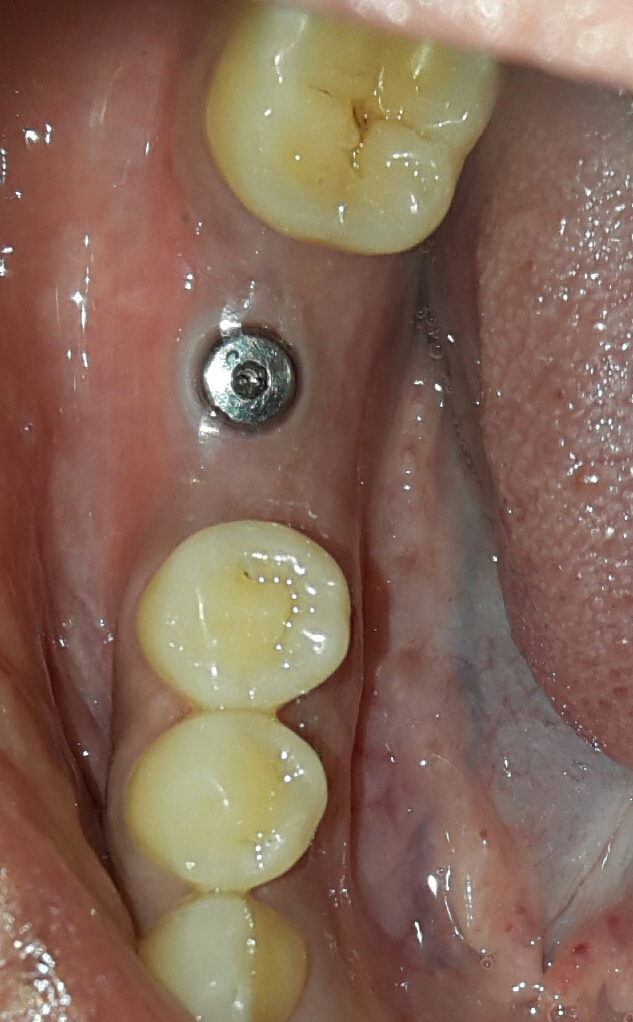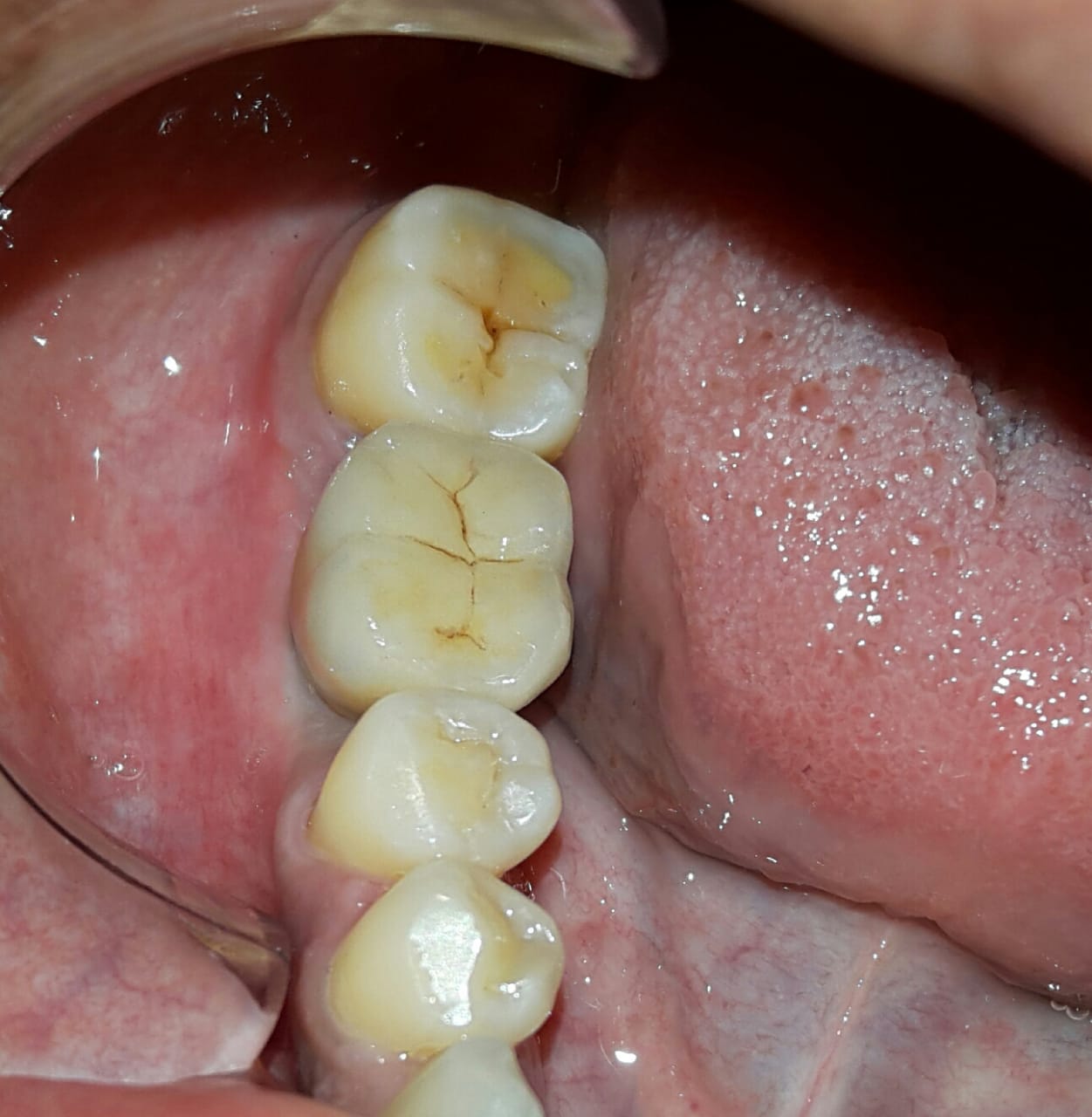In a beautiful or handsome face, during talking, smiling, or in public appearance front teeth are one of the focal point. Loss of a front tooth, whether due to an accident, decay or any other cause can be a very traumatic experience for a person. Now day’s Dental implant is the first treatment option for replacement. However the front teeth and the surrounding smile zone present unique challenges that make therapy in this area among the most difficult to do. Although nowadays every dentist can claim to replace a missing tooth but in reality it is the Prosthodontist who will give you an extraordinary treatment outcome in terms of cosmetic & aesthetic value. It requires the most expertise of Prosthodontist in both diagnostic and technical protocols. There are the 5 key principles every patient should know about how to achieve great results with dental implants in the smile zone or to know more visit the dental implant specialist dr. Harendra shahi, Prosthodontist & Implantologist at 3D Dental Implant clinic, Kolkata.


Treatment of choice to replace Missing central incisors are dental implants and restoration with customized natural looking zirconium crown. If both incisors are missing, then each should be replaced with a single dental implant or ask your Prosthodontist- dental implant specialist for the best location & number of implants in the smile zone.

Lateral incisors are smaller dimension than central incisors and often there is minimal space for implant placement to replace laterals Hence, it is critical to have an accurate clinical & radiological evaluation by specialist to determine between regular or narrow size implants. If both incisors are missing, then each should be replaced with a single dental implant or ask your Prosthodontist the best location & number of implants for best cosmetic effect and longevity of the implant supported artificial teeth.

If you have multiple missing adjacent teeth in the upper or lower front area of your mouth, implant supported fixed teeth is the best treatment. Situations where multiple adjacent teeth are missing, the number of implant required is not equal to the number of teeth missing. In such cases usually less number of implant then missing teeth are required that depends upon the condition of the missing teeth site. Implants are often placed at strategic position to allow proper support better development of gum tissue architecture that provides the natural appearance to the teeth.
The molars and premolars make up the back or posterior teeth of the mouth and they are responsible for grinding and processing food during chewing. They support the major forces of biting and chewing.
Usually the best treatment approach is to replace each missing tooth with an implant. If multiple teeth are missing adjacent to each other, it is best to place one implant per missing tooth for support of a single crown but usually it is not required. We can use less number of implant then missing teeth but the best judge is a good Prosthodontist who are specialized in this field will determine the treatment plant including the number of implant that best suits to your mouth.



The location of the maxillary sinus and dimension of available bone and opposing lower jaw teeth (natural or artificial or denture) must be carefully assessed clinically as well as using a CBCT (cone beam CT scan) to allow selection of correct implant size, position, number and angulations as per the requirement of the final prosthesis or teeth. The upper jaw bone is weaker and less dense relative to the lower jaw bone; hence longer healing time for integration (bonding between implant and bone) may be necessary. Immediate restorations (loading) should also be done with caution. If there is inadequate height of bone due to sinus position, a sinus lift bone grafting technique is indicated.

In The lower jaw quality & quantity of available bone at missing teeth side and variations in anatomy also require a specialized 3D X-ray (CBCT scan) to select the proper size and position of the implant as well as the angulations as per the requirement of the opposing teeth, best assessed by a good Prosthodontist specialist of replacing the missing teeth by various methods. A 3-D planning helps to accurately predict the position of the implant for a desired and precise outcome.